Find out what the garden and propagation teams have been up to this week.

Spring-cleaning grasses

Prairie-style planting
Grasses can add movement to a border, and a texture different from that of other flowering perennials. They have become ubiquitous with the popularity of prairie-style planting schemes where they are planted in drifts intermingled with flowering perennials and bulbs, giving a very natural effect.
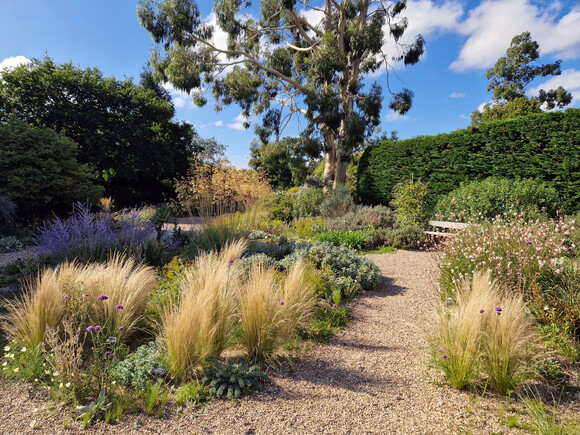
A single grass can have the greatest effect
Here at Beth Chatto's, we tend to use them as single specimens so that their full shape and habit can be appreciated, something that is often lost in mass plantings. They are also used as a structural plant when an airy open habit is called for rather than the solid mass of a shrub. Their long season of interest is why they are so versatile compared to other perennials.
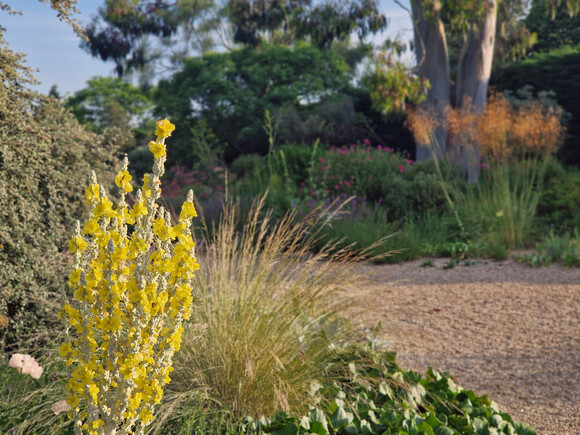
Grasses can grow in every part of the garden
We have ornamental grasses growing in every area of the garden and it’s possible to find one suitable for every type of condition, from shade to sun, damp loving to drought tolerant. Some are late season grasses, others flower in early summer; some spread while others are clump forming. They can also be deciduous or evergreen.
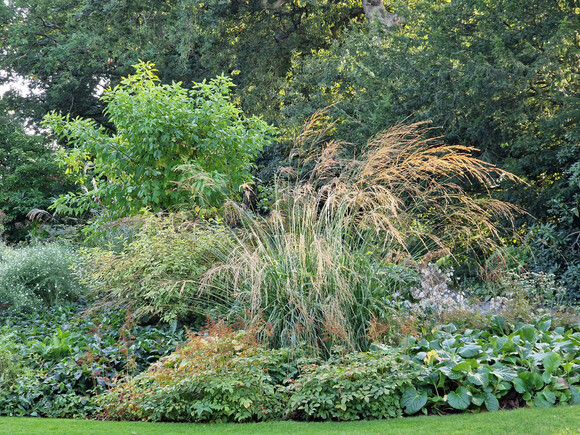
Grasses for winter structure
It’s often the deciduous grasses that are grown for their fabulous winter structure, grasses such as Molinia caerulea subsp. arundinacea 'Zuneigung', Miscanthus sinensis 'Poseidon', Calamagrostis brachytricha or Panicum virgatum ‘Squaw’, all of which we have growing in the garden. Although they have essentially died off for the year, the resulting seed heads and stems continue to provide us with shape and structure, looking especially lovely when covered in frost.
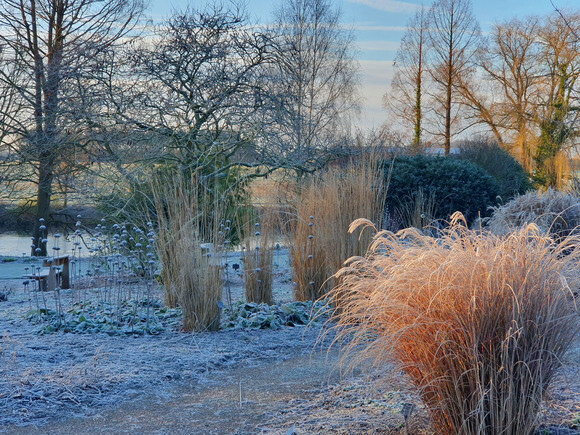
Long season of interest
Evergreen grasses can also continue to hold interest going into winter. The popular grasses Stipa gigantea and Stipa tennuisima, while having flowered much earlier in the year than late season grasses such as miscanthus, look good throughout most of the autumn and into early winter - though they can begin to look a little tatty by the end of January, and sometimes before. Some continue to look great however, Ampelodesmos mauritanicus, a large stately grass in the Gravel Garden, keeps its flower stems and seed heads well beyond those of Stipa gigantea.
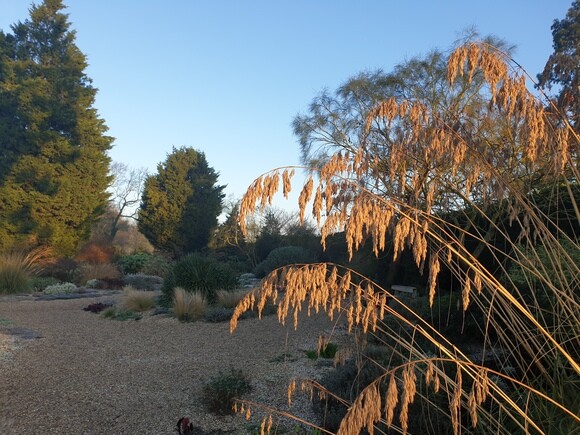
Tidy grasses before the snowdrops appear
What they all have in common is how we treat them in late winter. We want to remove all vestiges of the previous season before the full mass of snowdrops and other early bulbs appear, and so we chop all the grasses down, both deciduous and evergreen. This is usually about the first week or two of February, though we have cut a week or two either side of this. There shouldn’t be any issues with cold weather affecting new growth. (There are a few exceptions – some pennisetum can be tender such as P. villosum so we leave them until spring.)
The deciduous types are the easiest; these simply get cut as low to the ground as the maturity of the clump allows us to cut it. A few of the new shoots might get sacrificed but many more will appear in the coming months.
The evergreens we treat differently. The idea behind cutting these is to get rid of all the old thatch and last year’s leaves without harming the plant. We don’t chop them to the ground but to a ball shape in the case of rounded-habit grasses like Stipa gigantea or Carex elata ‘Aurea’, or straight across the top in the case of an upright grass such as Stipa tennuisima.
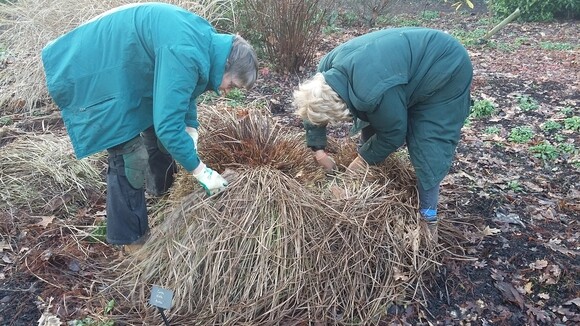
We cut about two-thirds of the previous year’s growth off. If you try this yourself, part the leaves. You will discover the new shoots emerging, having been protected from the elements by the old growth.
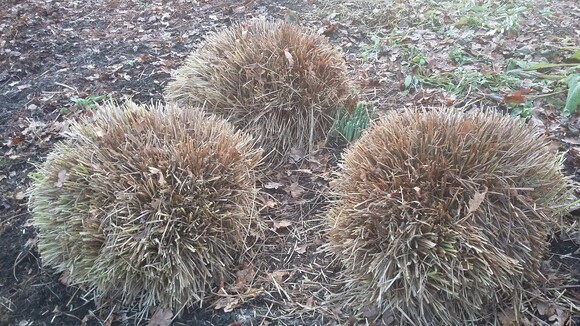
Mild winters affect grass trimming
In the last two years, timing has been the trickiest issue, because the winters have been so mild that the new growth has continued to grow throughout winter, not slowing as it would normally do in periods of cold weather. Last year we caught the Carex elata ‘Aurea’ and the Stipa gigantea just in the nick of time even though we did this job at the usual time. Even so, the very tips of all the new growth were sheared off - much to our horror - so this year we shall be watching carefully for the new growth and possibly cutting the grasses back a little bit earlier or a little less severely.


COMMENTS